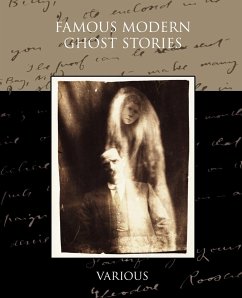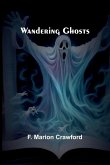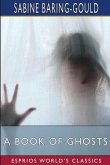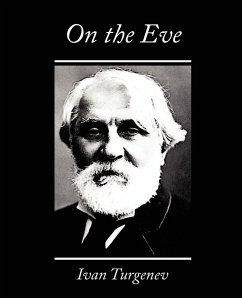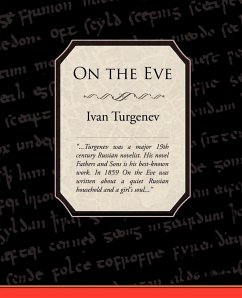Ghosts have always haunted the pages of literature and the more man knows about the natural world the more he seems to crave stories about the supernatural. Ghosts sweep, flutter haunt and scare. They come in all shapes sizes and temperaments. This collection contains the following stories. The Willows by Algernon Blackwood, The Shadows on the Wall by Mary Freeman, The Messenger by Robert Chambers, Lazarus by Leonid Andreyev, The Beast with the Five fingers by W F Harvey, The Mass of Shadows by Anatole France, What Was It? By Fits-James O'Brien, The Middle Toe of the Right Foot by Ambroise Bierce, The Shell of Sense by Olivia Dunbar, The Woman at Seven Brothers by Wilbur Steele, At the Gate by Myla Closser, Ligeia by Edgar Allen Poe, The Haunted Orchard by Richard Le Gallienne, The Bowmen by Arthur Machen, and A Ghost by Buy De Maupassant.
Hinweis: Dieser Artikel kann nur an eine deutsche Lieferadresse ausgeliefert werden.
Hinweis: Dieser Artikel kann nur an eine deutsche Lieferadresse ausgeliefert werden.

